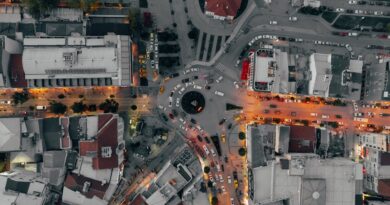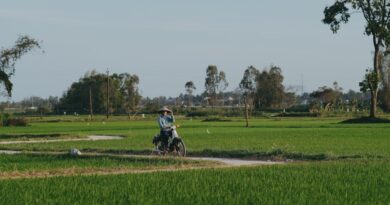Exploring the Exciting World of Latest Bike Lane Technologies
Welcome to the dynamic realm of bike lane technologies, where innovation meets sustainability, safety, and efficiency. As cities around the world strive to promote cycling as a viable mode of transportation, the development of bike lanes has taken center stage. From traditional painted lanes to cutting-edge smart lanes, the evolution of bike lane technologies is revolutionizing urban mobility. Join us on a journey through the latest advancements in bike lane infrastructure, exploring the trends, challenges, and opportunities that shape the future of cycling in our cities.
The Evolution of Bike Lane Technologies
Over the years, bike lanes have evolved significantly, transitioning from basic markings on the road to sophisticated, technology-driven solutions. The evolution of bike lane technologies can be traced back to the early days of urban planning when city streets were primarily designed for cars. As the importance of cycling as a sustainable mode of transportation gained recognition, the need for dedicated bike lanes became apparent.
In the past, bike lanes were typically marked with simple white lines on the road, providing a basic separation between cyclists and motor vehicles. While these traditional bike lanes served their purpose, they often lacked visibility and protection for cyclists, leading to safety concerns. In response to these challenges, urban planners and engineers began to explore innovative solutions to enhance bike lane infrastructure.
One of the key advancements in bike lane technologies is the introduction of physically separated bike lanes, also known as protected bike lanes or cycle tracks. These lanes feature barriers, such as curbs, bollards, or planters, that provide a physical buffer between cyclists and motor vehicles, improving safety and comfort for riders. Protected bike lanes have been shown to increase cycling rates, reduce accidents, and create a more inviting environment for cyclists of all ages and abilities.
Smart Bike Lanes: Paving the Way to the Future
As technology continues to transform our cities, the concept of smart bike lanes is gaining traction as a means to enhance the cycling experience and improve overall urban mobility. Smart bike lanes leverage advanced sensors, cameras, and data analytics to collect real-time information about cycling patterns, traffic flow, and environmental conditions. This data is used to optimize bike lane design, improve safety measures, and enhance the overall cycling infrastructure.
One of the key features of smart bike lanes is the integration of LED lighting systems that enhance visibility and safety for cyclists, especially during night-time hours or adverse weather conditions. These lighting systems can be programmed to change colors, flash, or respond to the presence of cyclists, creating a dynamic and interactive environment for riders. In addition to improving safety, LED lighting systems can also serve as aesthetic elements, adding a touch of creativity to urban landscapes.
Another innovative technology being integrated into smart bike lanes is the use of dynamic signage and markings that provide real-time information to cyclists. These signs can display messages about upcoming road conditions, detours, or hazards, helping riders navigate their route more effectively. By using digital displays and interactive features, smart bike lanes can enhance communication between cyclists, pedestrians, and motorists, promoting a harmonious coexistence on city streets.

By Swapnil Sharma via Pexels
Green Bike Lanes: Embracing Sustainability in Urban Infrastructure
As cities worldwide strive to reduce their carbon footprint and promote sustainable transportation options, the concept of green bike lanes has emerged as a novel approach to integrating nature into urban infrastructure. Green bike lanes are designed with eco-friendly materials, such as permeable pavement, recycled rubber, or plant-based markers, that absorb rainwater, reduce heat island effect, and enhance biodiversity in urban areas.
One of the key benefits of green bike lanes is their ability to mitigate stormwater runoff and improve water quality by filtering pollutants before they reach natural water bodies. By incorporating green infrastructure elements, such as rain gardens, bioswales, or permeable surfaces, green bike lanes can reduce flooding, erosion, and pollution, creating a more resilient and sustainable urban environment.
In addition to their environmental benefits, green bike lanes also contribute to the aesthetic appeal of city streets, adding pops of color, texture, and greenery to otherwise dull and monotonous landscapes. By incorporating native plants, flowers, and shrubs into bike lane design, cities can create vibrant and inviting spaces that attract cyclists, pedestrians, and residents alike.
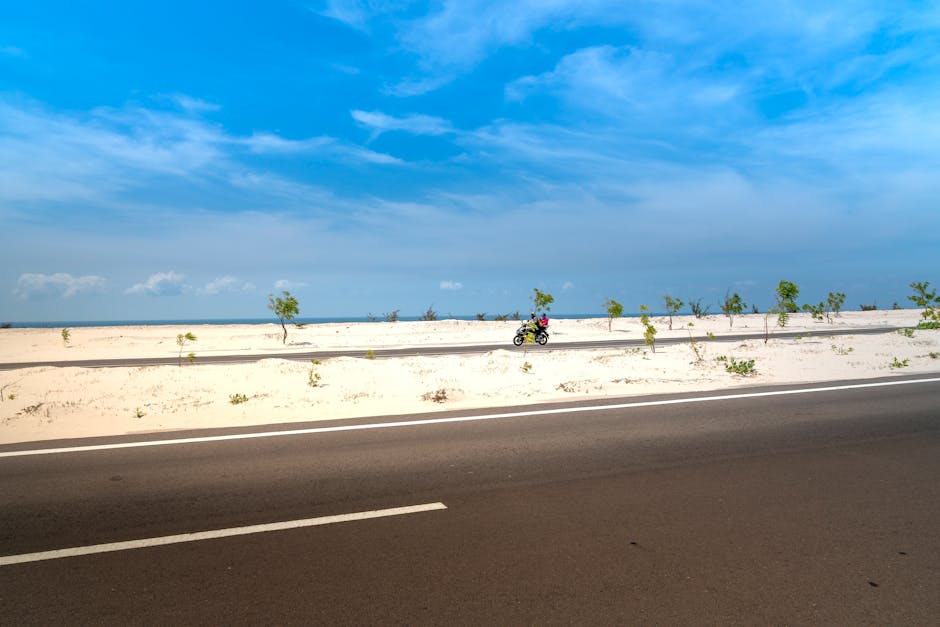
By Quang Nguyen Vinh via Pexels
Virtual Reality Bike Lanes: Enhancing the Cycling Experience
Imagine a world where cyclists can ride through virtual landscapes, explore new destinations, and experience the thrill of cycling without leaving their neighborhood. Virtual reality bike lanes are revolutionizing the way we perceive urban cycling by combining technology with creativity to create immersive and engaging environments for riders.
Virtual reality bike lanes use projection mapping, 3D imaging, and interactive displays to create virtual worlds that cyclists can navigate through as they ride. These digital environments can mimic real-life landscapes, such as forests, mountains, or beaches, providing a unique and interactive cycling experience for riders of all ages.
In addition to entertainment and recreation, virtual reality bike lanes can also serve educational purposes by highlighting key landmarks, historical sites, or cultural attractions along the route. By incorporating storytelling elements, quizzes, or games into the virtual experience, cities can promote local tourism, engage residents, and encourage active transportation in a fun and innovative way.
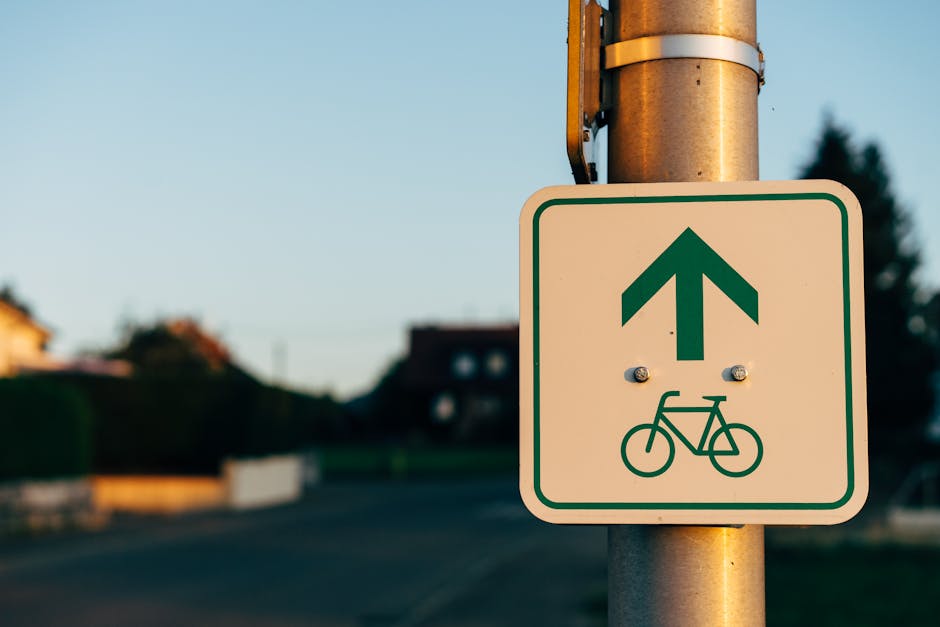
By Markus Winkler via Pexels
The Role of Artificial Intelligence in Optimizing Bike Lane Networks
Artificial intelligence (AI) is revolutionizing the way we design, manage, and optimize bike lane networks in urban environments. By leveraging AI algorithms, machine learning, and predictive analytics, cities can collect and analyze data about cycling patterns, traffic flow, and infrastructure usage to make informed decisions about bike lane design and planning.
One of the key applications of AI in bike lane technologies is traffic prediction and optimization, where algorithms analyze historical data, weather conditions, and special events to forecast cycling demand and adjust bike lane operations accordingly. By dynamically adjusting signal timing, lane configurations, or bike lane access based on real-time data, cities can improve traffic flow, reduce congestion, and enhance safety for cyclists and pedestrians.
Another exciting use of AI in bike lane technologies is route planning and navigation, where algorithms recommend optimal cycling routes based on user preferences, traffic conditions, and safety factors. By integrating AI-powered navigation apps with smart bike lanes, cities can provide real-time information about bike-friendly routes, bike sharing locations, and points of interest, enhancing the overall cycling experience for riders.
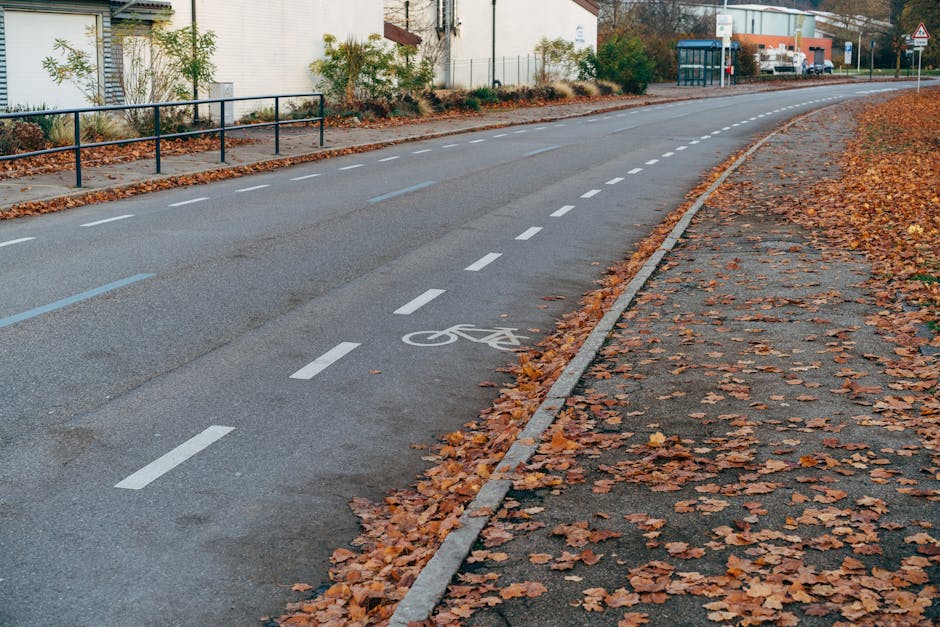
By Markus Winkler via Pexels
Challenges and Opportunities in Implementing Latest Bike Lane Technologies
While the development of latest bike lane technologies brings numerous benefits to urban environments, it also presents challenges and opportunities that cities must address to ensure successful implementation. One of the key challenges is the cost of deploying advanced bike lane technologies, such as smart sensors, LED lighting, or green infrastructure, which can be prohibitive for cash-strapped municipalities.
Another challenge is the need for public awareness and education about the benefits of latest bike lane technologies, as well as the importance of following cycling rules and regulations to ensure safety and efficiency on city streets. By engaging with communities, conducting outreach campaigns, and involving stakeholders in the planning process, cities can promote a culture of cycling, reduce conflicts between cyclists and motorists, and create a more inclusive and sustainable urban environment.
Despite these challenges, the implementation of latest bike lane technologies also presents exciting opportunities for cities to innovate, experiment, and collaborate with technology partners, research institutions, and community organizations. By embracing a holistic and multidisciplinary approach to bike lane planning and design, cities can create vibrant, safe, and sustainable environments that prioritize the needs of cyclists, pedestrians, and residents.
Expert Opinions: Insights from Urban Planning Professionals
To gain further insights into the world of latest bike lane technologies, we reached out to urban planning professionals and experts in the field. According to Dr. Sarah Jones, a renowned urban planner and sustainability advocate, “The integration of smart technologies into bike lane infrastructure has the potential to revolutionize urban mobility and enhance the cycling experience for riders of all ages and abilities. By leveraging data, analytics, and digital tools, cities can create safer, more efficient, and more enjoyable cycling environments that promote health, sustainability, and community engagement.”
Mr. David Chen, a transportation engineer and cycling enthusiast, shared his thoughts on the future of bike lane technologies, stating that “As cities continue to invest in cycling infrastructure and prioritize active transportation, we can expect to see a wave of innovative solutions that combine technology with creativity to create vibrant and interconnected bike networks. From green bike lanes to virtual reality experiences, the possibilities are endless, and the future of cycling looks brighter than ever.”
Conclusion: Riding Towards a Sustainable and Tech-Driven Future
As we navigate the ever-changing landscape of urban mobility, the evolution of latest bike lane technologies offers a glimpse into a future where cycling is not just a mode of transportation but a way of life. From smart bike lanes to virtual reality experiences, the possibilities for innovation and creativity are endless, paving the way for a more sustainable, connected, and inclusive urban environment.
By embracing the latest advancements in bike lane technologies, cities can promote active transportation, reduce carbon emissions, and improve the overall quality of life for residents. As we pedal towards a more sustainable and tech-driven future, let’s continue to explore, experiment, and collaborate to create vibrant, safe, and bike-friendly cities for generations to come.



